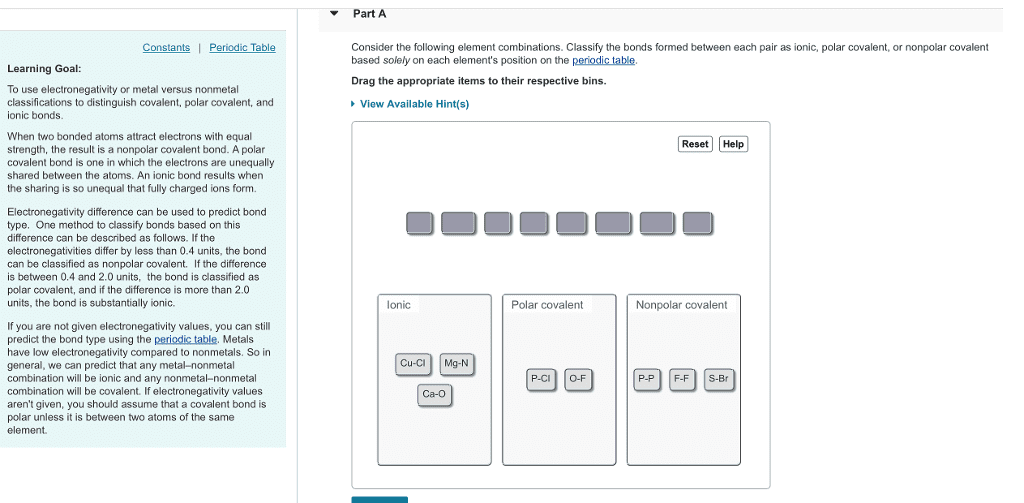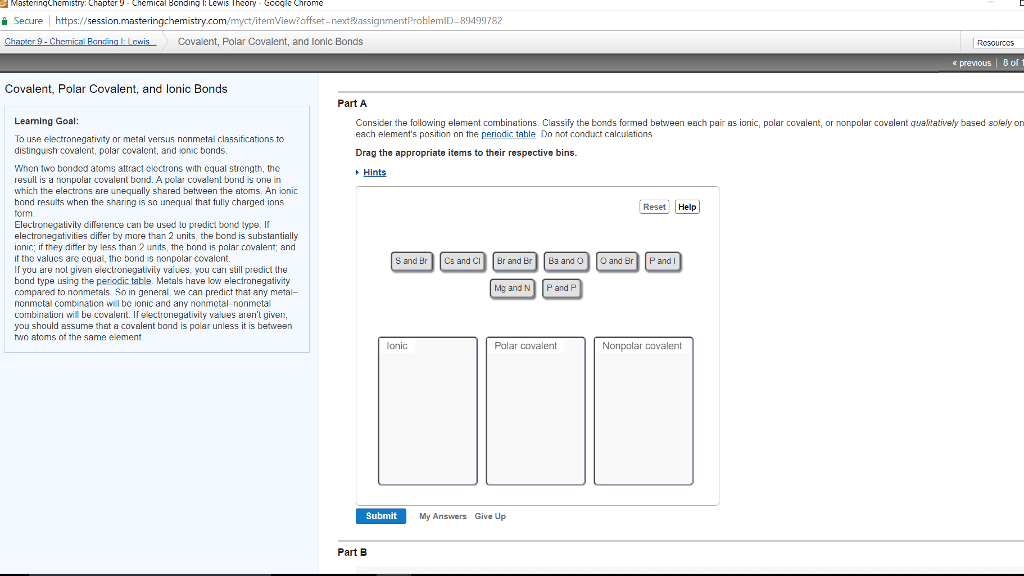CHEM1006 Lecture Notes - Lecture 21: Sodium Fluoride, Valence Electron, Ionic Compound
Document Summary
Ionic bonds are formed by the transfer of one or more valence electrons between atoms, typically between metals and nonmetals. The transfer of electrons allows the atoms to effectively achieve the much more stable electron configuration of having eight electrons in the outermost valence shell. When sodium donates a valence electron to fluorine to become sodium fluoride, that is an example of ionic bond formation. The transfer of electrons between two atoms to create two ions that attract each other because they are oppositely charged. Ionic compounds can be described using chemical formulas, which represent the ratios of interacting elements that are found in the ionic solid or salt. Ionic solids are typically represented by their empirical formulas. In formula notation, the elements are represented by their chemical symbols followed by numeric subscripts that indicate the relative ratios of the constituent atoms.



